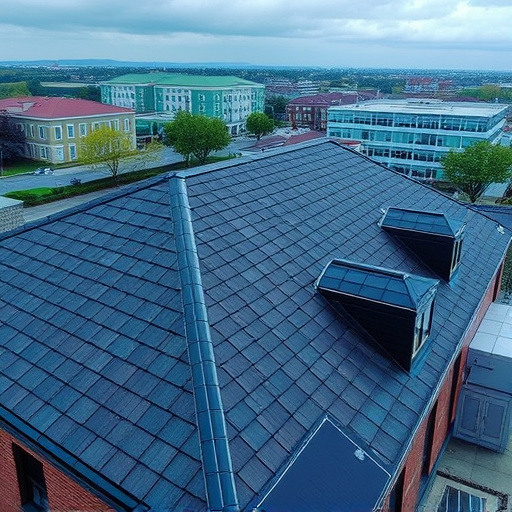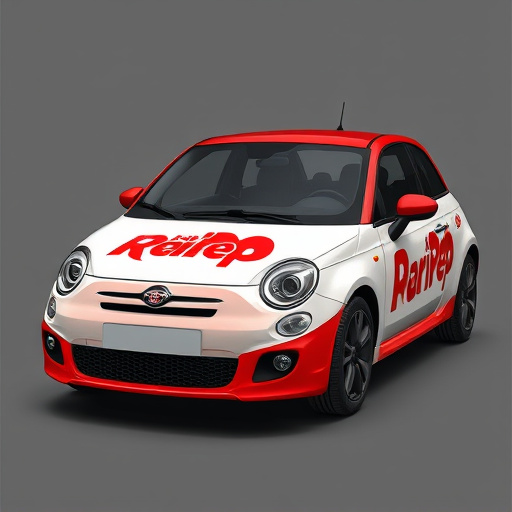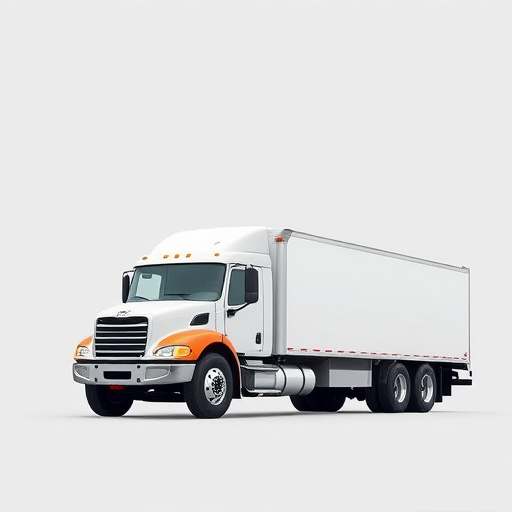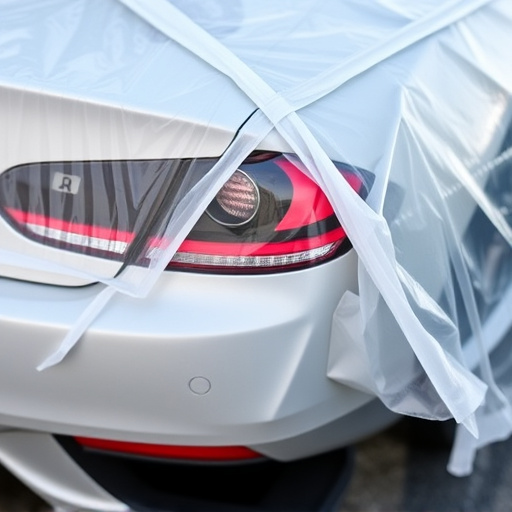Vehicle decal installation on textured surfaces demands meticulous preparation. It involves assessing paint conditions, cleaning the area thoroughly, and addressing surface imperfections. High-quality decals with scratch and UV protection ensure longevity. Consulting professionals for custom graphics or wraps is recommended to achieve a durable, high-quality finish. Best practices include using suitable decals, proper alignment, avoiding direct sunlight, and considering protective coatings for enhanced durability.
Can you enhance your vehicle’s style with decals on textured surfaces? This comprehensive guide explores the feasibility of installing vehicle decals on various textures, delving into the challenges and best practices. From understanding the basics of vehicle decal installation to navigating the complexities of different surface types, this article equips you with insights for successful application. Learn how to transform your car’s exterior while ensuring optimal adhesion and aesthetics.
- Understanding Vehicle Decal Installation Basics
- Textured Surfaces: Challenges and Considerations
- Best Practices for Applying Decals on Textured Panels
Understanding Vehicle Decal Installation Basics

Understanding Vehicle Decal Installation Basics
Vehicle decal installation involves more than just adhering a sticker to a smooth surface. The process requires careful consideration of various factors, especially when applying decals to textured surfaces. Textured finishes, whether due to paint imperfections, weather conditions, or specific vehicle design, can impact the adhesion and longevity of the decal. Proper preparation is key; this includes cleaning the surface thoroughly to remove any dirt, grease, or debris that could hinder adherence.
Additionally, understanding the properties of the decals themselves is crucial. Modern vehicle decals are designed with scratch protection layers and UV protection to withstand varying environmental conditions. These features ensure that not only does the decal adhere well to textured surfaces but also maintains its vibrancy and durability over time, providing effective vehicle protection against both physical scrapes and harmful solar radiation.
Textured Surfaces: Challenges and Considerations

Textured surfaces present unique challenges when it comes to vehicle decal installation. Unlike smooth, flat panels, these surfaces have variations in contour and depth, which can affect the adherence and longevity of decals. The key consideration here is ensuring proper surface preparation—a meticulous process that involves sanding, cleaning, and de-greasing to create a smooth base for application. Failure to address these aspects adequately can lead to bubbles, cracks, or peeling over time.
When opting for custom graphics or vehicle wraps on textured surfaces, it’s crucial to consult with professionals who offer premium automotive services. They possess the expertise and tools needed to navigate these challenges effectively, guaranteeing a lasting, high-quality finish that complements your vehicle’s unique character.
Best Practices for Applying Decals on Textured Panels

When it comes to installing vehicle decals on textured surfaces, there are several best practices to ensure a professional and durable finish. First, choose a high-quality decal designed specifically for textured panels. Lower-grade decals may not adhere well or withstand environmental factors like heat and UV rays. Next, thoroughly clean the surface before application to remove any dirt, grease, or dust that could hinder adhesion. A scratch-free, smooth base is essential for long-lasting results.
For added protection, consider ceramic window tinting or other scratch-resistant coatings, especially on areas prone to wear and tear. This not only enhances the decal’s longevity but also provides heat rejection benefits, keeping the interior cooler. Properly aligning the decal during installation is crucial; use a level and follow the manufacturer’s instructions for the best results. Avoid overlapping decals or applying them in direct sunlight, as this can lead to bubbles, wrinkles, or misalignments.
While installing vehicle decals on textured surfaces presents unique challenges, it is certainly feasible with the right approach. By understanding the basics of vehicle decal installation and implementing best practices tailored for textured panels, you can achieve a professional and durable finish. Remember, proper preparation and using suitable materials are key to ensuring your decals adhere well and maintain their vibrancy over time.














